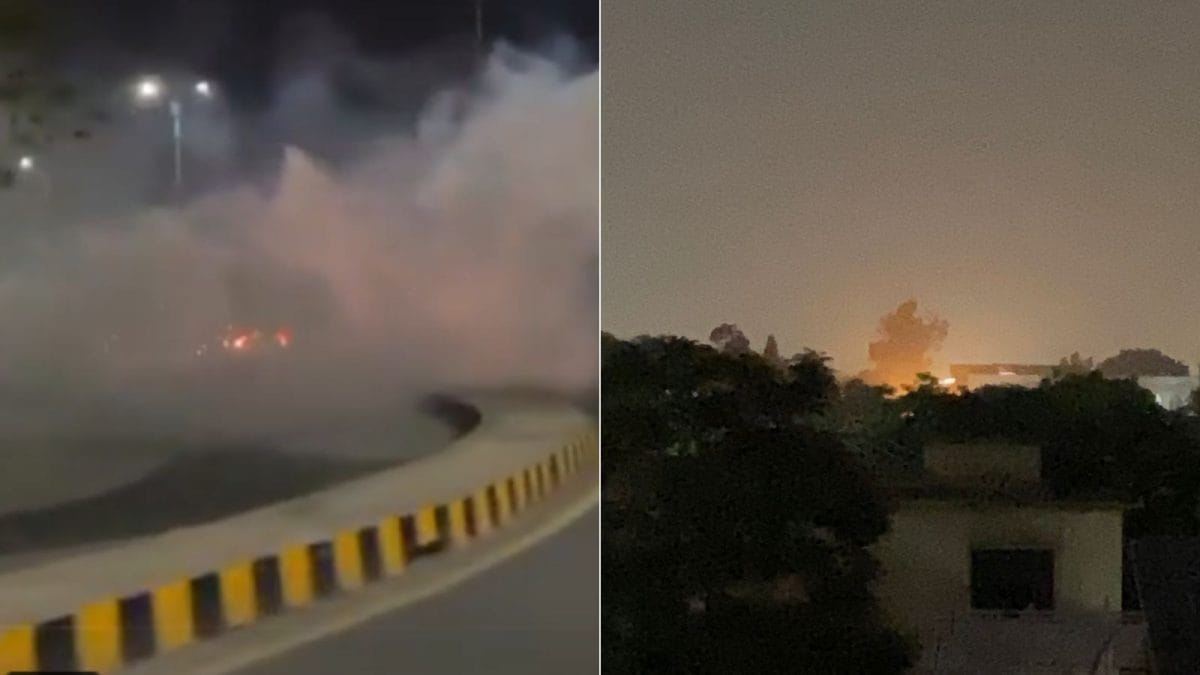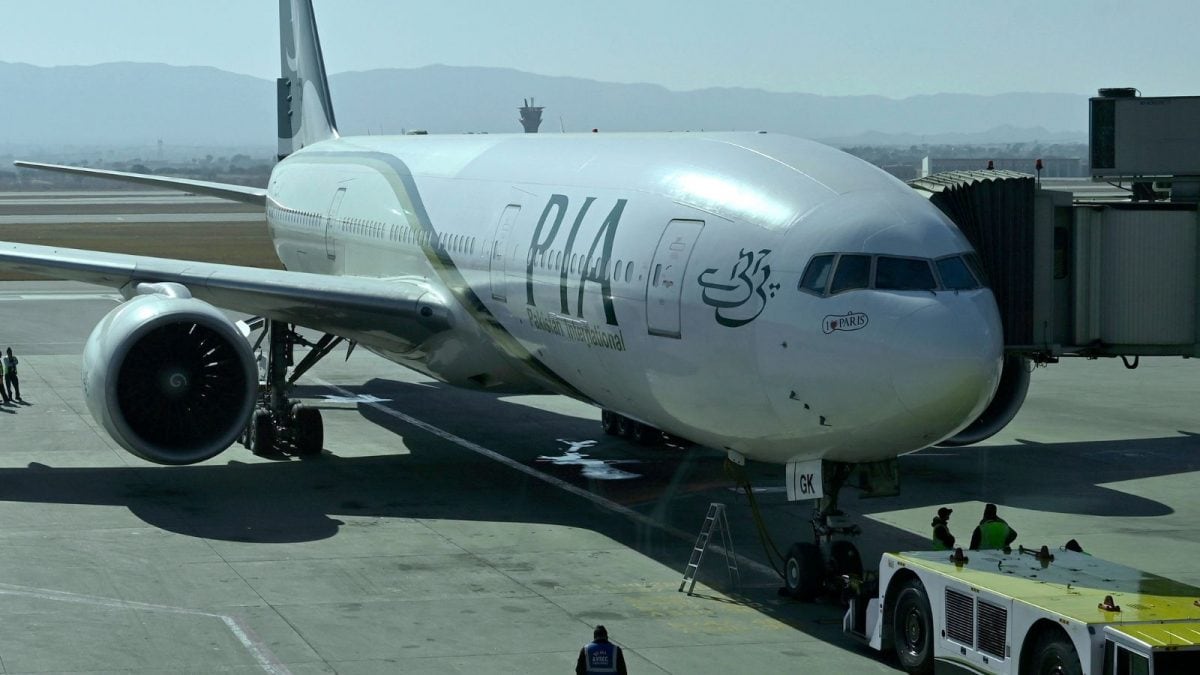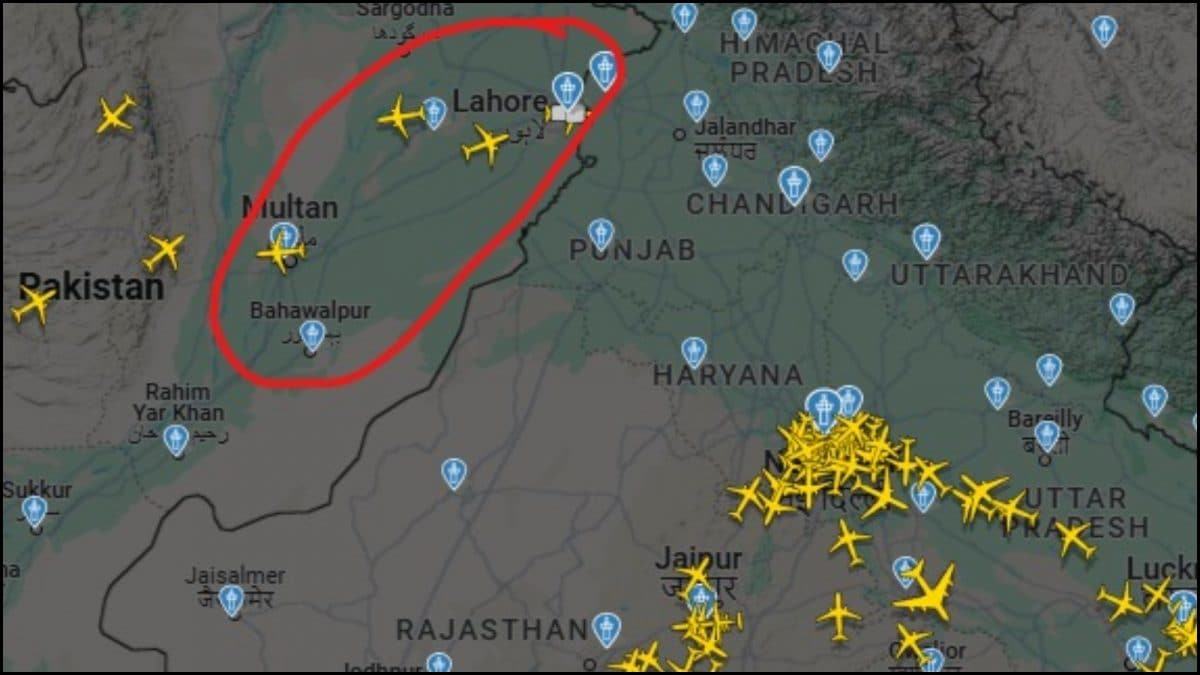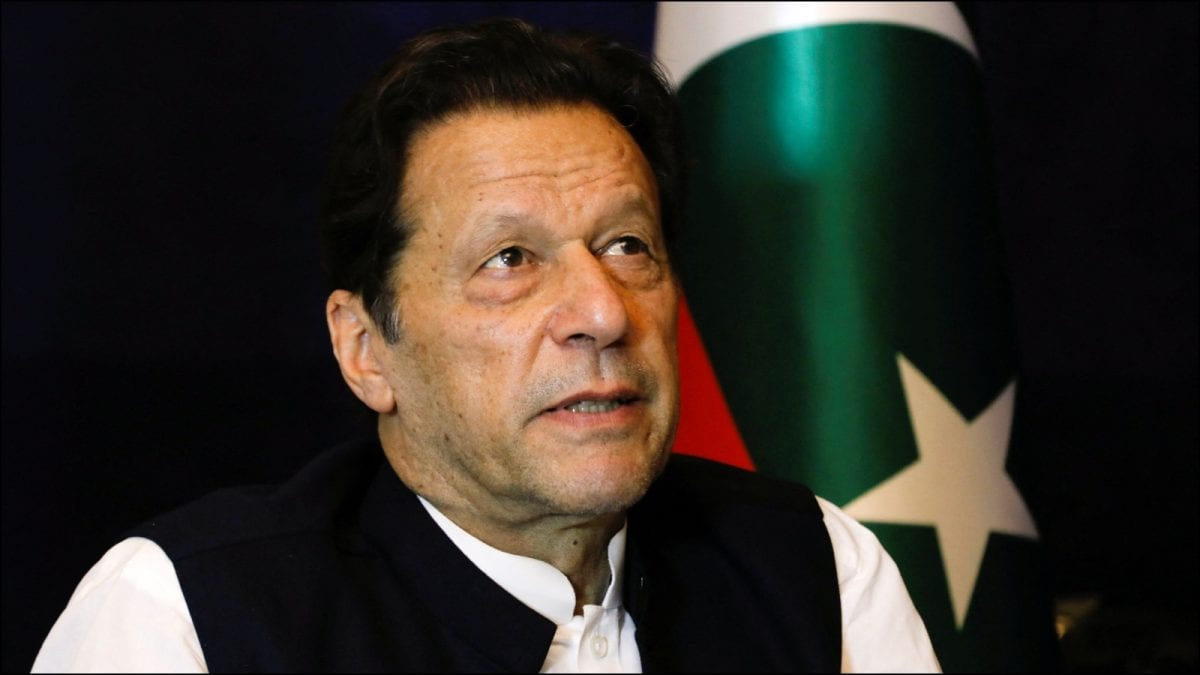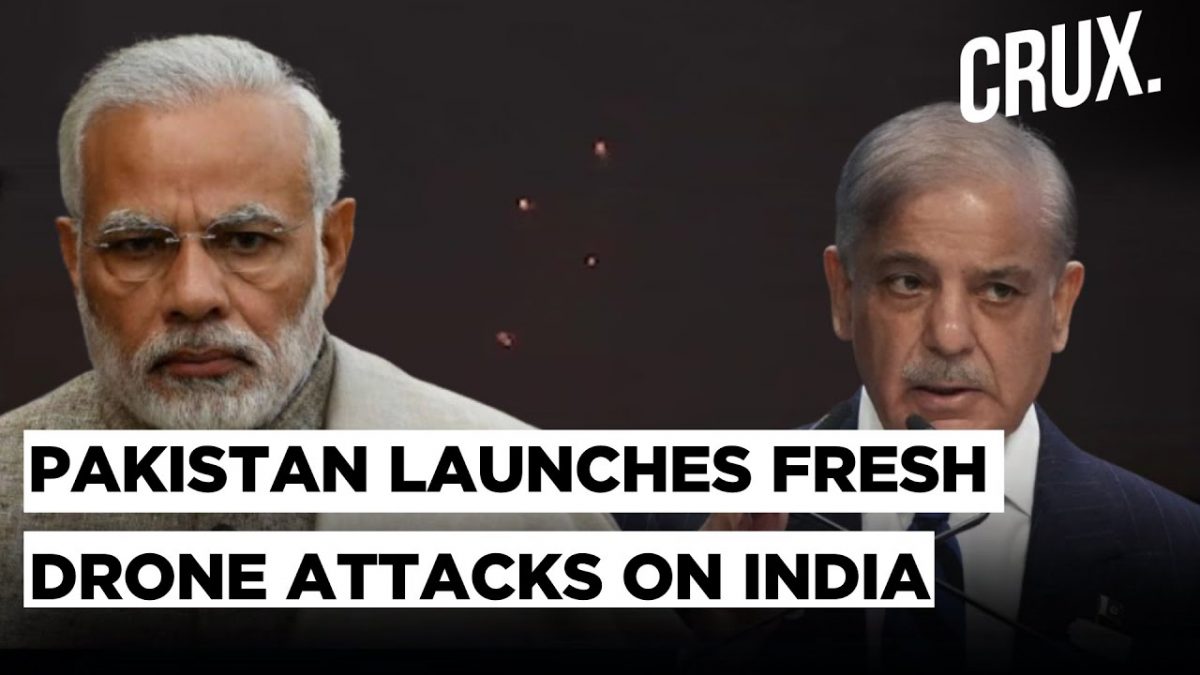Over the last two decades, India has positioned itself as a major global player in disaster diplomacy, using humanitarian aid as a strategic tool to strengthen its geopolitical reach and international relationships. Most recently, India launched Operation Brahma in Myanmar, providing critical relief after a devastating earthquake killed over 2,000 people.
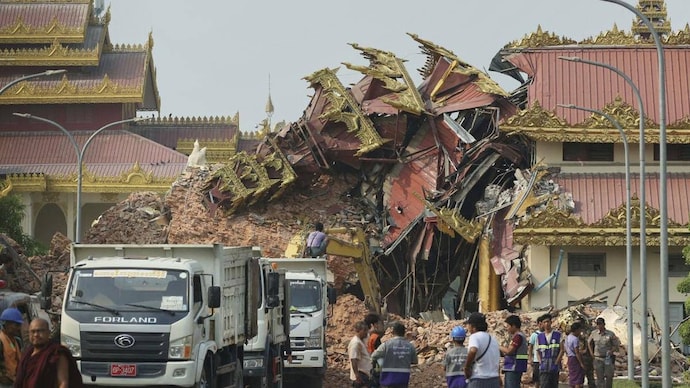
India launched Operation Brahma in Myanmar, providing critical relief after a devastating earthquake
Over the last two decades, India has positioned itself as a major global player in disaster diplomacy, using humanitarian aid as a strategic tool to strengthen its geopolitical reach and international relationships. Most recently, India launched Operation Brahma in Myanmar, providing critical relief after a devastating earthquake killed over 2,000 people. This operation is part of a broader pattern of India extending aid worldwide, from Vietnam and Vanuatu to Honduras and Lesotho.
India has a long history of humanitarian assistance, dating back to its early post-independence years. In 1959, India provided relief to Tibetan refugees fleeing China, and during the 1970s, it assisted Bangladesh in recovering from repeated cyclones and famine. During Sri Lanka’s decades-long civil war, India also contributed to relief and reconstruction efforts.
However, India’s ability to respond to large-scale crises abroad was limited due to financial constraints. The turning point came in 2004 when the Indian Ocean tsunami killed over 200,000 people across Asia, including 16,000 in India. India’s swift response in assisting Sri Lanka, the Maldives, and Indonesia established its reputation as a reliable first responder. A senior diplomat remarked, “India’s capacity as a first responder was recognized by other major countries in the region, particularly by the U.S. Indian naval vessels were the first to reach the devastated province of Aceh, which even the Indonesians found difficult to access.”
Building Capacity: The Disaster Response Force
Recognizing the advantages of disaster diplomacy, India passed the Disaster Management Act in 2005, leading to the creation of the Disaster Response Force (NDRF). With eight battalions trained in disaster response, the NDRF became the backbone of India’s humanitarian outreach. Over time, India expanded its operations, providing aid to Pakistan, Nepal, Sri Lanka, Afghanistan, and even China.
India’s early global relief efforts faced challenges, such as its delayed response to the 2011 Fukushima nuclear disaster. However, by 2015, its capabilities had significantly improved. During the Nepal earthquake, India launched Operation Maitri, deploying rapid-response teams that rescued 11 live victims from the rubble. Former NDRF Director General O.P. Singh noted, “We were the first international rescue team in Nepal. Within hours, we had equipment, rescue teams, and canines on the ground. For the first time, we received global recognition.”
Why India Engages in Disaster Diplomacy
Disaster diplomacy offers India several strategic benefits. First, it enhances India’s global stature, reinforcing its image as a rising power capable of responding to crises from Japan to Turkey. Second, it strengthens bilateral relationships. For example, India’s response to the 2015 Nepal earthquake played a crucial role in deepening ties with Kathmandu.
India has even provided aid to countries with strained relations, such as Turkey. Despite President Erdogan’s criticism of India’s policies on Kashmir, India sent emergency relief after Turkey’s devastating 2023 earthquake. A diplomat explained, “India is demonstrating magnanimity—offering assistance without holding grudges.”
The Future of India’s Disaster Diplomacy
As climate change accelerates, the demand for humanitarian assistance is expected to rise. The United Nations estimates that in 2025 alone, 87 million people in South Asia will require disaster relief. Globally, hundreds of millions could be at risk. India is positioning itself to meet this challenge, reinforcing its role as a leading provider of humanitarian aid and security.
From the 2004 tsunami to the 2025 Myanmar earthquake, India has systematically built its capacity as a first responder. As natural disasters become more frequent, India’s disaster diplomacy will remain a crucial instrument of its global strategy.
Published By:
indiatodayglobal
Published On:
Apr 2, 2025

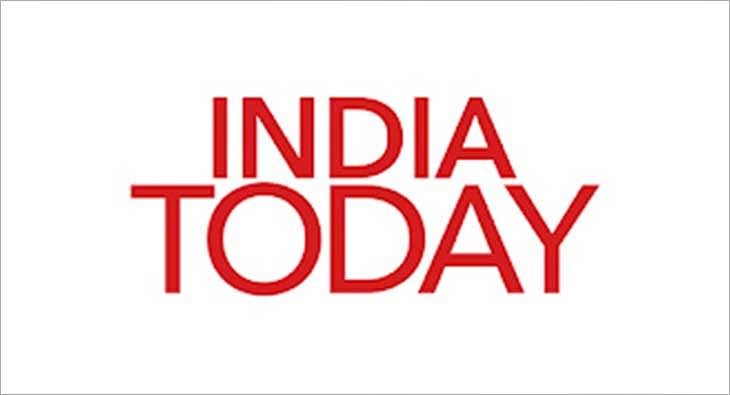 1 month ago
1 month ago

